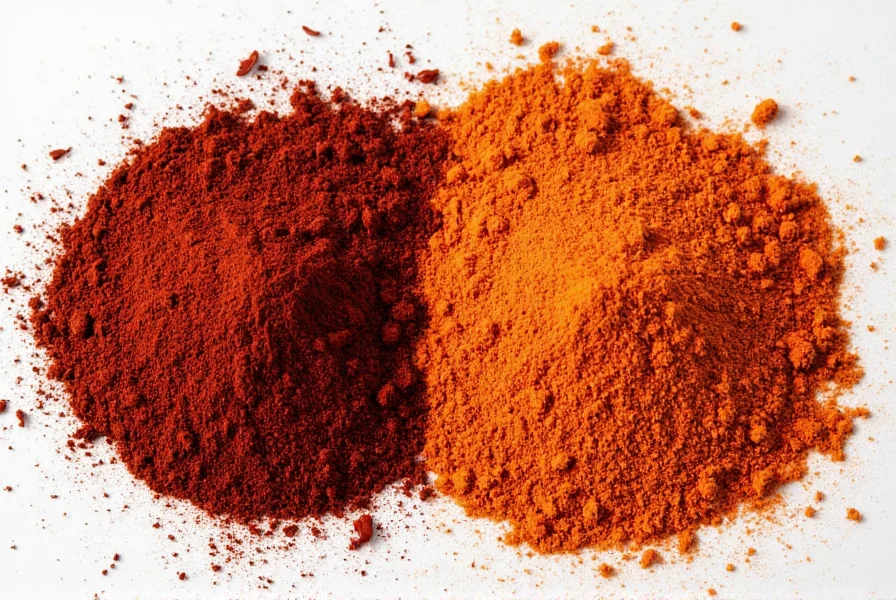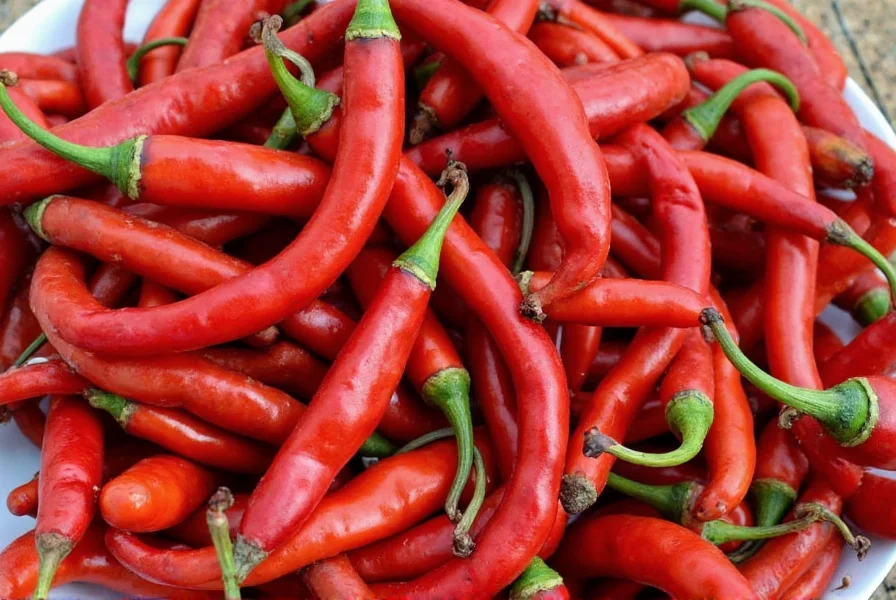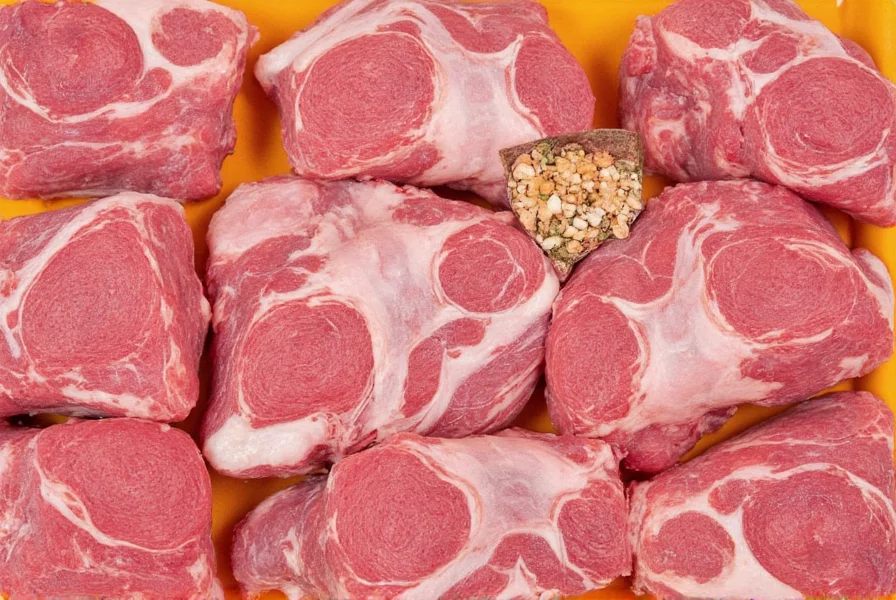Ancho Chile: The Sweet and Smoky Star of Your Spice Cabinet
Table of Contents
Introduction to Ancho Chile
The ancho chile is one of the most beloved and versatile peppers in the world of spices. Known for its rich, smoky flavor and deep red color, this dried poblano pepper has been a staple in Mexican cuisine for centuries. But beyond its traditional use, the ancho chile can elevate your cooking in countless ways—whether you're making a hearty mole sauce, a spicy chili, or even a sweet and spicy glaze.

If you're new to the world of spices, the ancho chile might seem like just another pepper. But don’t be fooled—it’s a powerhouse of flavor that deserves a spot in every kitchen. In this article, we’ll dive into what makes ancho chile so special, how to use it in your cooking, and where to find the best quality. Let’s get started!
The Flavor Profile of Ancho Chile
The ancho chile is often described as having a deep, earthy, and slightly sweet flavor with a mild heat level. It’s not the spiciest pepper out there, but its complexity makes it stand out. When ground, it has a warm, smoky aroma that adds depth to any dish. Its flavor is often compared to dried tomatoes, figs, and even a hint of chocolate—making it a favorite among chefs who want to add a rich, layered taste without overwhelming the palate.

One of the key reasons people love ancho chile is its versatility. It can be used in both savory and sweet dishes, and it pairs well with a wide range of ingredients. Whether you're making a classic enchilada sauce or experimenting with a dessert, the ancho chile brings something unique to the table.
Cooking Uses of Ancho Chile
The ancho chile is commonly used in Mexican and Southwestern American cuisines. Here are some of the most popular ways to incorporate it into your cooking:
- Mole: Mole sauces are the most famous use of ancho chile. These rich, complex sauces are made by blending the chiles with spices, nuts, and chocolate, creating a deep, aromatic flavor that’s perfect for meats or vegetables.
- Chili and Stews: Adding ancho chile to chili or stews gives them a subtle smokiness and depth that elevates the whole dish.
- Sauces and Salsas: Ground ancho chile can be used to make salsas, adobos, or marinades that add a smoky kick without too much heat.
- Seasoning Rubs: Mix ground ancho chile with other spices to create a flavorful rub for grilled meats, roasted vegetables, or even popcorn.
- Desserts: Believe it or not, ancho chile is sometimes used in desserts—like chocolate-based treats or spiced cakes—to add a hint of warmth and complexity.
As you can see, the ancho chile is far more than just a fiery ingredient. It’s a flavor enhancer that works well in many different contexts. Now that you know what it can do, let's talk about how to choose the best ones for your kitchen.
Buying Guide for Ancho Chile
When shopping for ancho chile, there are several factors to consider to ensure you get the best quality. Here's a quick guide to help you make the right choice:
Types of Ancho Chile
There are two main types of ancho chile you’ll find on the market:
- Whole Dried Ancho Chile: These are the unprocessed, dried versions of the pepper. They offer the most authentic flavor and are great if you plan to grind them yourself.
- Ground Ancho Chile: This is pre-ground and ready to use. It's convenient for those who want to save time but may lose some of the freshness and depth of flavor found in whole chiles.
Quality Factors
To get the best value and flavor, look for these qualities when buying ancho chile:
- Color: High-quality ancho chile should have a deep red or reddish-brown color. Avoid anything that looks faded or overly dark.
- Aroma: A good ancho chile will have a strong, smoky, and slightly sweet scent. If it smells musty or dull, it may not be fresh.
- Texture: Whole chiles should be firm and not brittle. Ground chile should be fine and not clumpy.
Where to Buy
Ancho chile can be found in specialty spice stores, Mexican markets, and online retailers. Some popular options include:
- Local Markets: If you live near a Mexican community, check out local markets for fresh, high-quality ancho chile.
- Online Retailers: Brands like Penzeys Spices, McCormick, and Amazon offer a wide variety of ancho chile products.
- Organic Stores: For a more natural option, look for organic or fair-trade certified ancho chile.
Whether you prefer whole chiles or pre-ground, the key is to choose a reputable brand that values quality and authenticity.
Practical Tips for Using Ancho Chile
Now that you've got the basics down, here are some practical tips to help you get the most out of your ancho chile:
How to Prepare Ancho Chile
If you're using whole ancho chile, you'll need to prepare them before using them in recipes. Here's how:
- Toast the Chiles: Lightly toast the chiles over an open flame or in a dry pan to bring out their smoky flavor.
- Soak the Chiles: Place the toasted chiles in a bowl of hot water and let them soak for about 20 minutes until they soften.
- Blend or Puree: Once softened, remove the stems and seeds, then blend the chiles with a little water to make a smooth paste or puree.
Storage Tips
To keep your ancho chile at its best, store it properly:
- Whole Chiles: Store in an airtight container in a cool, dark place. They can last up to a year.
- Ground Chile: Keep in a sealed jar in the pantry or refrigerator. Ground chile loses potency faster, so it's best to use it within a few months.
Cooking Hacks
Here are a few tricks to enhance your ancho chile experience:
- Add to Soups: Stir a spoonful of ancho chile paste into soups or broths for extra depth and richness.
- Use in Marinades: Mix ancho chile with olive oil, garlic, and citrus juice to create a bold, smoky marinade for chicken or pork.
- Make a Spicy Glaze: Combine ground ancho chile with honey or molasses for a sweet and spicy glaze that’s perfect for grilled meats or roasted vegetables.
These tips will help you unlock the full potential of ancho chile in your cooking. Now, let's wrap things up with a final thought.
Conclusion
Ancho chile is more than just a spice—it's a flavor enhancer that brings warmth, depth, and complexity to your dishes. Whether you're a seasoned chef or a home cook looking to experiment, ancho chile is a must-have in your spice collection. From mole sauces to sweet and spicy glazes, its versatility knows no bounds.

By understanding its flavor profile, learning how to use it in various recipes, and choosing the right product, you can take your cooking to the next level. So go ahead, grab a bag of ancho chile, and start exploring the world of smoky, sweet, and deeply flavorful cuisine.
Remember, the ancho chile is not just a spice—it's a gateway to a whole new dimension of flavor. And now that you know all about it, there’s no reason not to give it a try.










 浙公网安备
33010002000092号
浙公网安备
33010002000092号 浙B2-20120091-4
浙B2-20120091-4